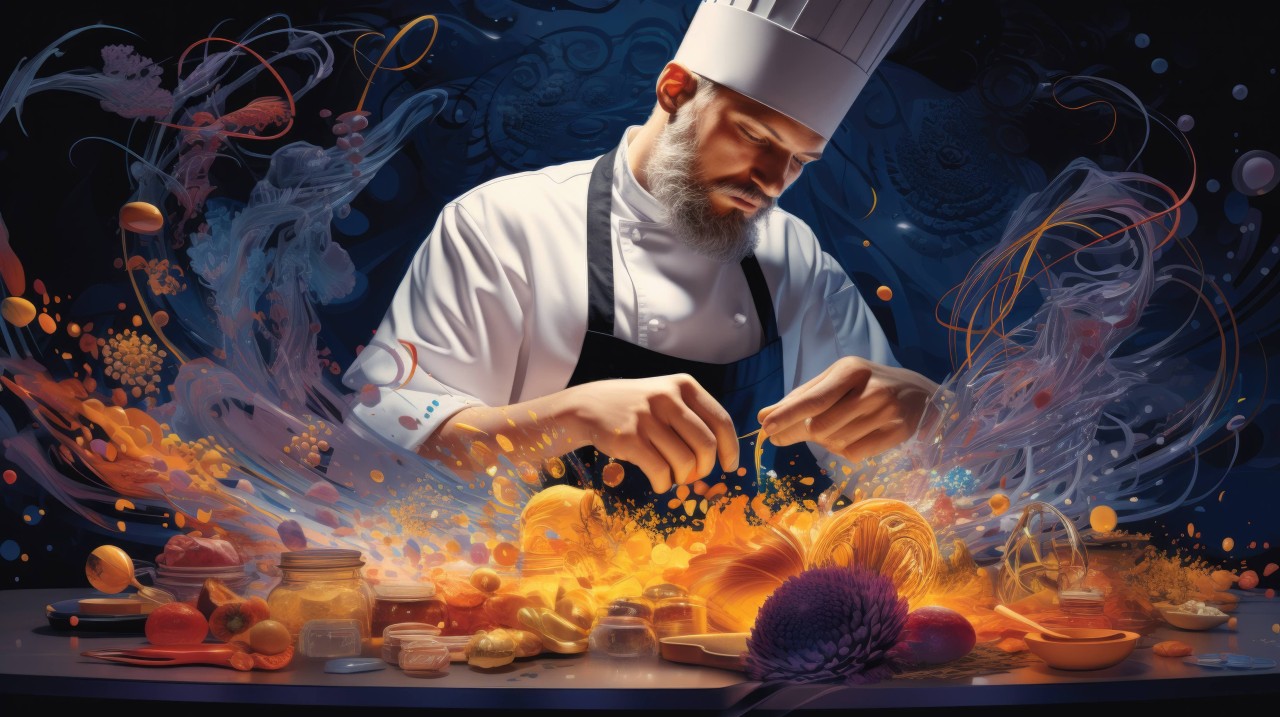The artificial foods of the future were presented at a demonstration in London. The first artificial burger was eaten. The meatball is made from artificial meat made up of laboratory-grown stem cells. The head of the project, physiologist Mark Post, said that in order to give the synthetic meat a normal look, it was colored with food for teeth. In the future, it is planned to create myoglobin, which will give the meat its characteristic red color.
Professor Mark Post personally explained how they made meatballs at the University of Maastricht in the Netherlands. The artificial burger is proof that meat can be made in the laboratory, which in the future will be an alternative to farm beef, pork or chicken. According to experts, artificial meat may appear in supermarkets in the next 10 years. This will help reduce the greenhouse gases released by pets.
What are artificial foods
- artificial egg
- artificial meatball
- artificial burger
- synthetic broth
According to Prof. Post, this meat will also be suitable for vegetarians, because it was obtained artificially and not by killing animals. So far, the only person who has tried the newly invented meat is a Russian journalist. Experts believe that the success or failure of a new product will depend on people’s reaction when they try the meatball. The burger is made of 3000 pieces of muscle tissue, each measuring 3 cm by 1.5 mm.
These pieces were raised in a laboratory and taken from cow stem cells and placed in a synthetic broth with vital nutrients. The scientists hope that their discovery will help meet the growing worldwide demand for beef, sheep, pork and poultry. The British Food Standards Agency said that before starting to sell this type of artificial meat, it must be subjected to strict inspection and assessment of its safety for human health.
The artificial foods of the future, оn this occasion, a few days ago, the American entrepreneur – Josh Tetrick said that by growing certain plants can be artificially created egg. The artificial egg will recreate the exact taste, nutritional value and cooking qualities of a normal egg.
A team of botanists and biochemists focused on 12 plants, such as peas and beans, widely grown in Canada and South America. Earlier this summer, an ambitious American company promised to invent a 3D printer by the end of the year that will prepare delicious and balanced food.
The food will be prepared from powdered mixtures that will be placed in the device, and it will only be able to cook all kinds of dishes. The author of the printer, Anjan Kontraktar, is convinced that very soon this appliance will replace all other appliances in the household.
